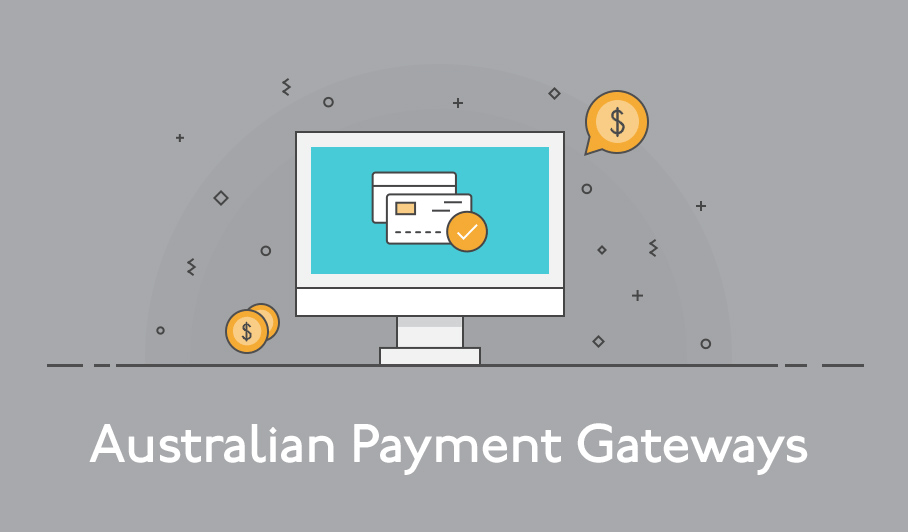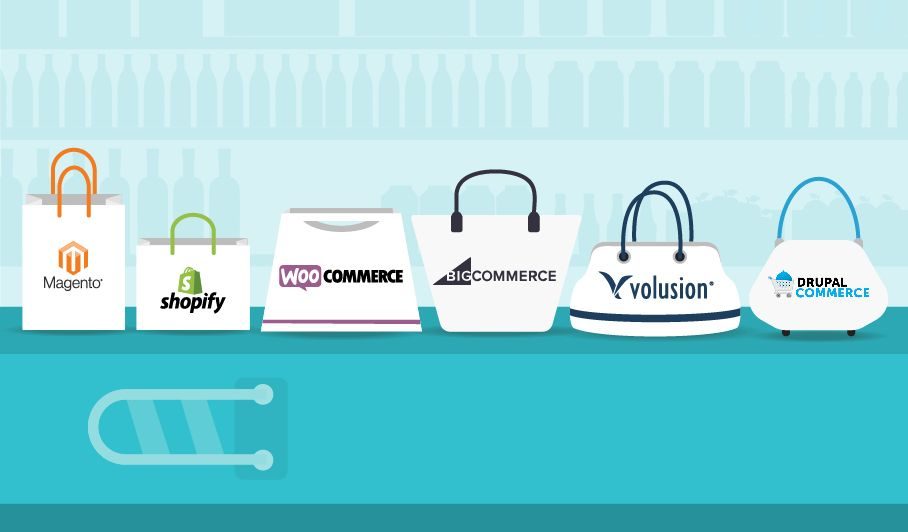
You’ve dedicated months and thousands of dollars to create a website that reaches optimal levels of user-friendliness.
Navigation, product display, and your shopping cart are all perfectly apt for guiding customers to the ‘purchase’ button.
But your payment gateway could undo all of your hard work in one fell swoop. If it doesn’t match your user interface, fails repeatedly, or is hard to navigate, your customer will simply abandon their shopping cart.
Payment Gateways: What’s the Difference?
When choosing a payment gateway, you want something user-friendly and safe, but you don’t want to pay fees for the privilege either.
There are four essential things to consider when you’re looking for a payment gateway:
- eCommerce platform compatibility
- Security
- Fees
- Target market
Are Your Site and Payment Gateway Compatible?
eCommerce platform compatibility is critical and means your payment gateway needs to match your user interface. Not only does it need to be as simple as the shopping experience, but it needs to integrate into your current system.
You’ll also want to look for compatibility among other payment systems.
The good news is that most major payment gateways have pre-built integration modules for the three most popular eCommerce platforms in Australia (Magento, Shopify and WooCommerce).
Supporting Apple Pay and Amazon Pay are also excellent ways to pick up sales from competitors. Not only do these methods add an extra layer of security, which customers like, but it also streamlines the payment process.
Remember, fewer roadblocks ensure fewer opportunities to abandon a cart. Saving a single second on a transaction could provide a 2% increase in ROI.
How Much Does it Cost?
When we talk about fees, we’re talking about what you pay per transaction. Every payment gateway comes with fees, typically a percentage of the sale as well as a small transaction fee.
Be sure to consider not only the domestic fees but international and multi-currency fees as well because those are often higher.
Targeting A Global Market
If you’re running a global eCommerce site, you need to think about the potential barriers to purchase when serving customers in other countries.
Cross-border transactions experience 20% more declines than domestic because banks have issues communicating with each other across borders. A declined transaction is a great way to encourage customers to abandon their cart altogether.
You’ll also need to look for multi-currency support. Multi-currency support is helpful for lowering your own rates, but it also offers a seamless experience for your international customers as their order amount will settle in their local currency on their credit card statements, matching the exact pricing displayed on your website.
One interesting feature to consider when choosing a gateway, is the ability to not convert the funds automatically to AUD if you choose not to. If you’re expecting to generate significant revenue in another currency (like USD), you can set-up a multi-currency account with your bank and keep the money in that account and convert the funds to your AUD account when the exchange rate works best for you. If you have expenses to pay in that particular foreign currency, you can also just pay directly from your international account without touching your AUD account.
Choosing the Perfect Payment Gateway
A payment gateway needs to be fast, compatible with your site and target market, and secure.
Here are a few payment gateways to help you get started:
eWay
One of the longest established gateways in Australia, eWay charges 1.9% + 20c per transaction for Visa and Mastercard and 2.6% for other cards. eWay also accepts digital wallets like ApplePay and MasterPass. Over 26,000 Australian businesses currently use eWay to process their credit card transactions.
Provided your bank has a Multi-Currency Internet Merchant Facility (IMF), then your website will have multi-currency support when using eWay.
One thing to keep in mind is that their support isn’t as good as the two more recent contenders below. This could be explained due to the large number of customers they need to service.
Fat Zebra
Fat Zebra is an Australian based payment service designed for businesses who intend to scale in the new future and is an authorised third party processor for all the major Australian banks.
They offer several plans with no hidden fees ranging from $20 to $100 per month with a $110 annual fee.
Fat Zebra is easy to set up, so developers love it. And you can use it with Magento, Drupal, Foxycart, and WooCommerce.
Pin Payments
Pin Payments is another payment gateway and like Fat Zebra, it’s designed for small businesses and has the most competitive pricing amongst Australian gateways.
Pin Payments is great because it has a multi-currency function that accepts most major world currencies including several Asian currencies, like the Japanese yen, Thai baht, Philippine peso, and the Malaysian ringgit.
The number of integrations available is also impressive, and you’d be hard pressed to find a platform you can’t use it with.
Finally, the folks over at Pin Payments keep it simple. It’s free to get started. Transactions cost 1.75% + $.30, and they’re happy to scale with you to meet major growths in volume.
Two of our own clients have recently switched to Pin Payments to save on their transaction fees.
Braintree
Braintree is another popular system with extensions for Magento. It’s a service offered by PayPal, and it accepts PayPal payments, which makes it attractive for those who want access to the 200+ countries PayPal covers.
The standard fees for Braintree are:
- 1.75% + $.30 per transaction
- 3.9% + $.30 for transactions outside of AUD
Braintree also accepts Apple Pay and Android Pay. Customers can even pay in Bitcoin, and the first $1m worth of Bitcoin transactions are processed free of charge.
Stripe
There’s also Stripe, which is compatible with Magento through extensions. Stripe has lower rates than PayPal:
- 1.75% + $.30 for domestic payments
- 2.9% + $.30 for international payments
- No monthly fees
Strip accepts Android and Apple Pay as well as AliPay. AliPay is a big selling point if your market includes mainland China.
If you’re happy for your funds to be transferred into your account once a week, then Stripe should be seriously considered as it’s an outstanding gateway.
For a handy chart comparing 6 common gateways, check out Currency Market.
Moving Past Good and Going for Great
There’s no right answer to the best payment gateway – it all depends on your needs and your target market’s desires. But now you know what to look for and can leave good behind, go for great, and increase your ROI overnight.
Stop missing out on sales because of your payment gateway and make more of your eCommerce store.
Let us know how we can help.


